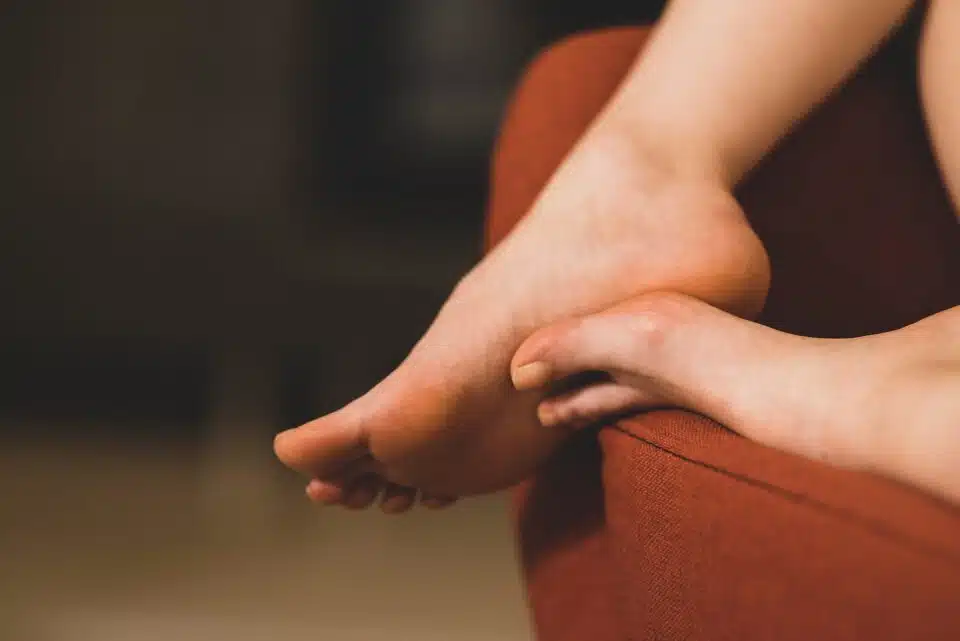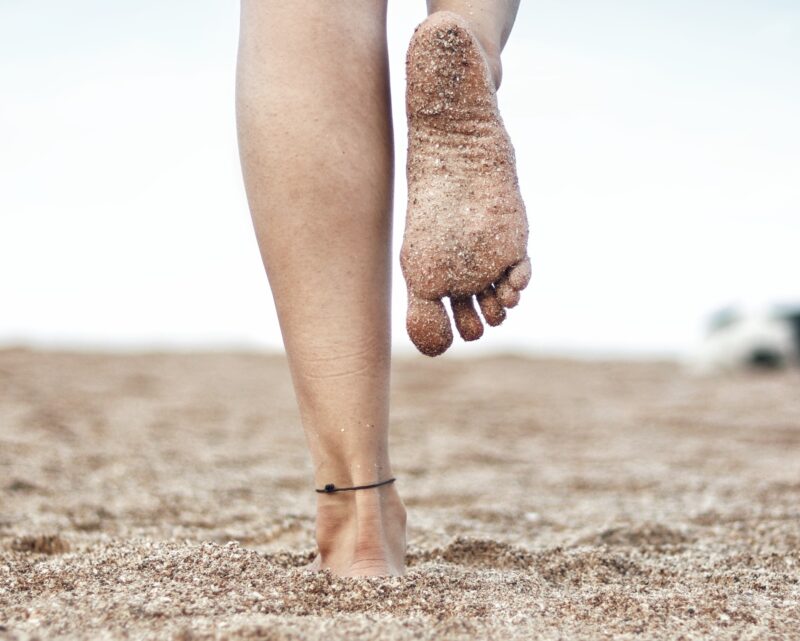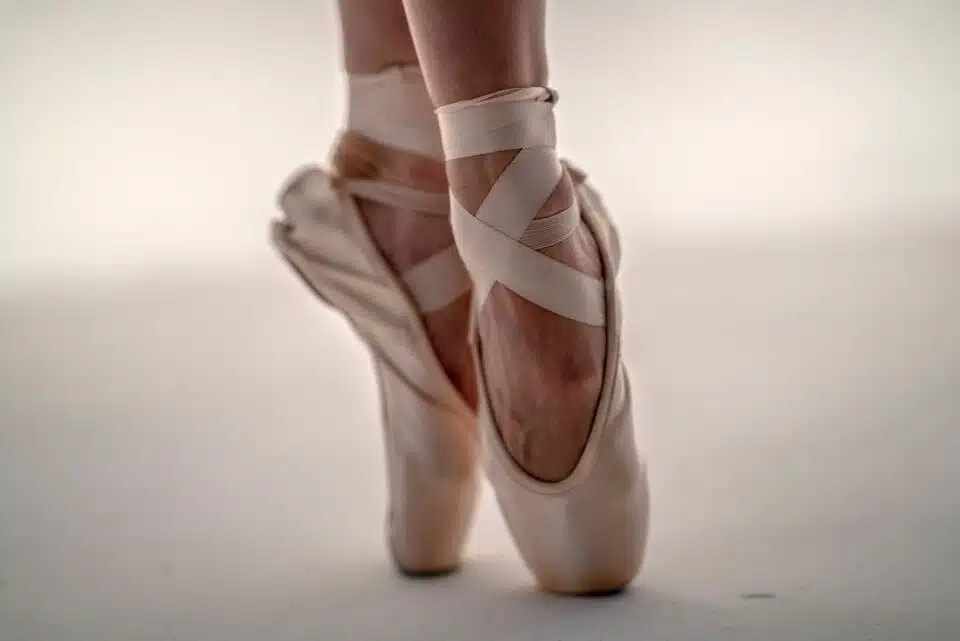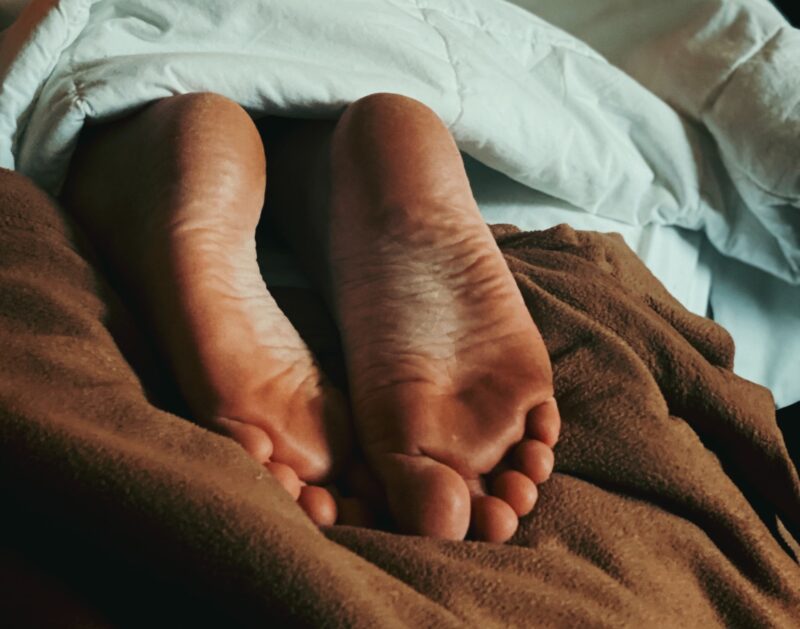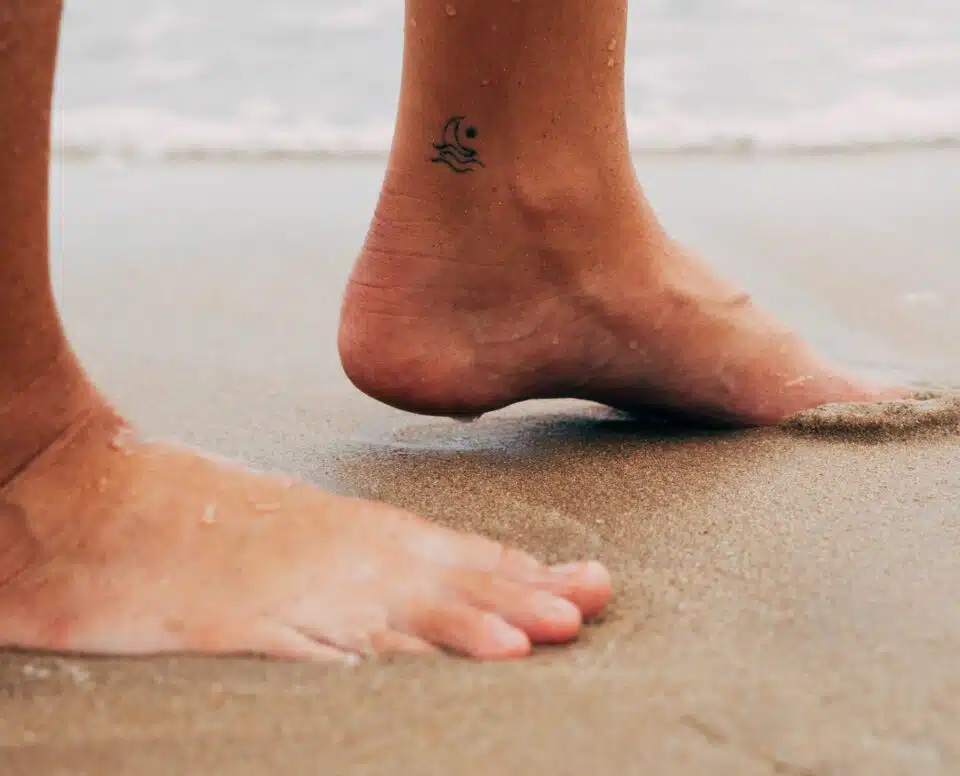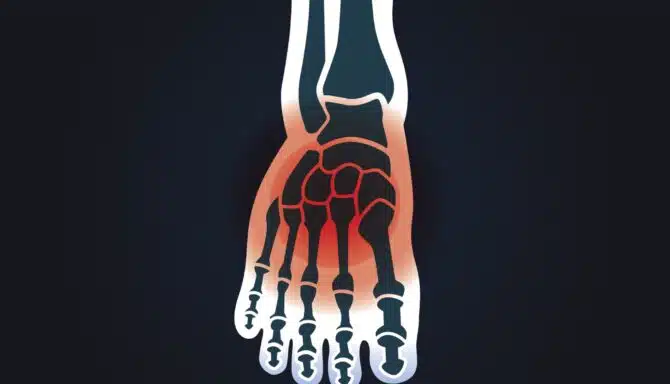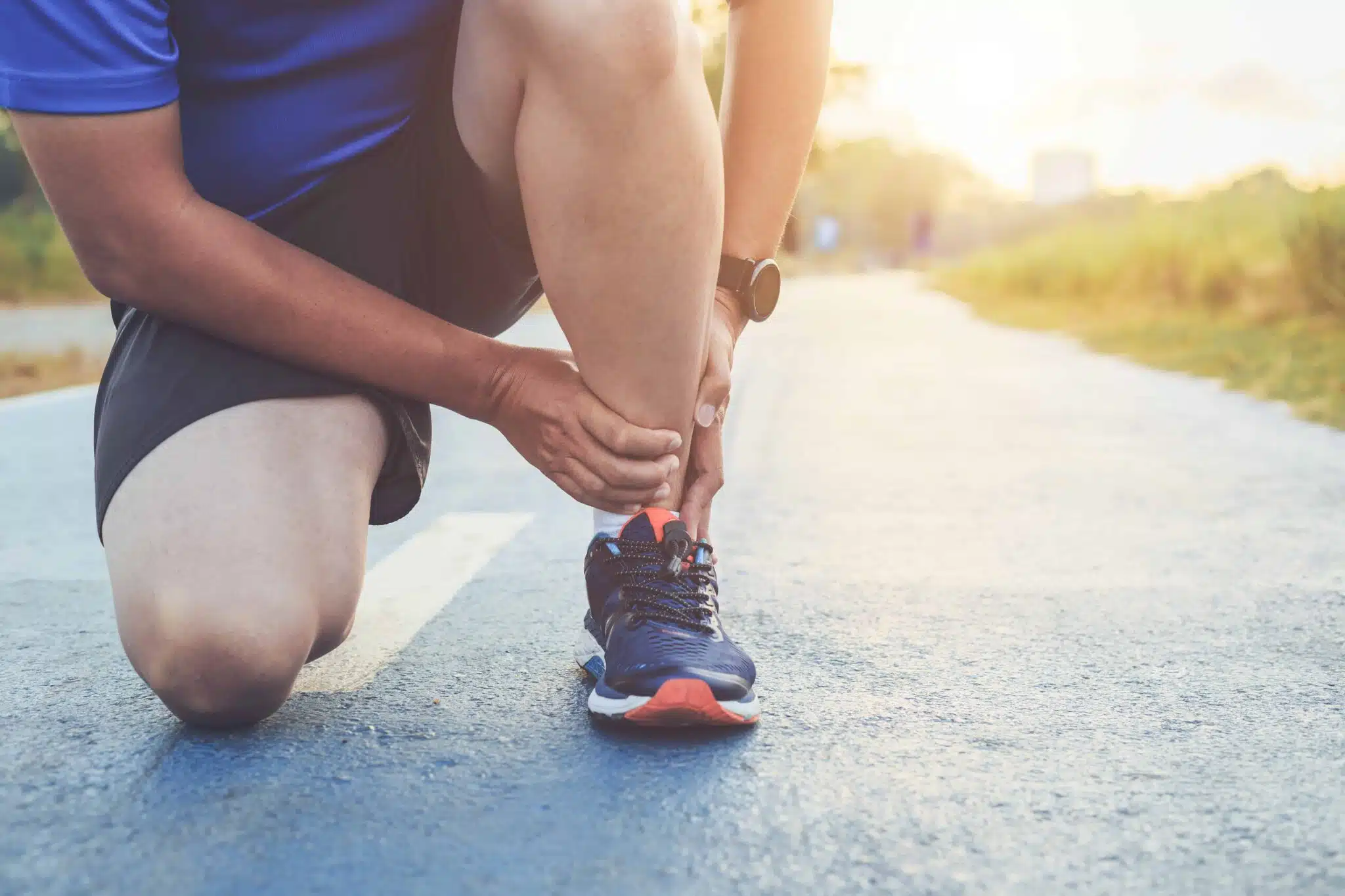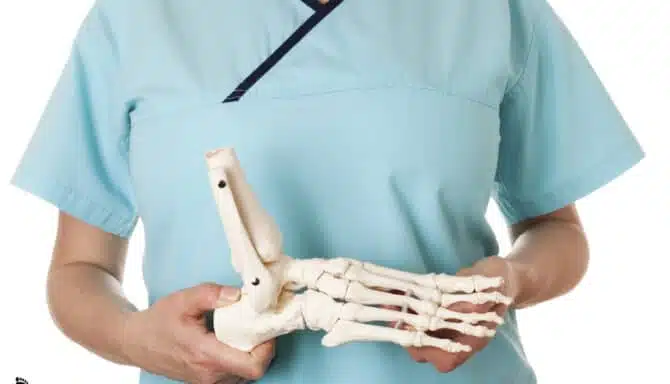Heel spurs are bony growths on the heel bone (calcaneus). Bone spurs on the heel are often associated with plantar fasciitis, in which the plantar fascia, a thick band of tissue along the bottom of the foot, becomes inflamed. A heel spur is the most common bone spur.
In minor cases, you may experience discomfort in the heel from time to time. In more severe cases, the bony outgrowth may protrude from the heel and a bump on the underside of the foot. Generally, the larger the outgrowth, the more sensitive your heel becomes to stress, which can exacerbate the condition. However, roughly 15-30% of cases are asymptomatic with no pain.
In this post, we uncover the causes, symptoms, and treatments for heel spurs, so you can kick discomfort to the curb and get back on your feet. Ready to say goodbye to heel pain? Read more below.
Causes of Heel Spurs
The primary cause of heel spurs is repetitive stress to the foot, which can lead to the formation of bony growth on the heel bone. Microtears typically cause the initial onset of heel spurs due to the repetitive stress associated with standing upright and weight-bearing. These microtears can be caused by the following:
Plantar fasciitis
Plantar fasciitis is the top contributor to heel spurs. The condition involves inflammation and irritation of the plantar fascia, leading to pain and swelling in the heel.
Flat feet or high arches
Flat feet or high arches are two foot conditions that can stress the heel more, leading to heel spur formation.
Excessive weight or obesity
Being overweight puts additional stress on the feet and can increase the risk of developing heel spurs.
High-impact sports
High-impact activities like running, ballet, or jumping can put added stress on the feet. Over time, repeated impact to the foot and heel can lead to heel spur formation.
Inadequate footwear
Improper footwear can stress the heel and lead to heel spurs over time. For instance, wearing worn-out shoes, using footwear for which it’s not designed, or wearing footwear unsuitable for your foot type.
Symptoms of Heel Spurs
There are a few telltale signs of heel spurs with symptoms entirely isolated to the heel of the foot. Symptoms include:
- Pain in the heel, especially with walking or running
- Tenderness and swelling in the heel area
- Redness or warmth in the heel area
- A bony protrusion on the heel bone, which may feel like a bump or be visible through X-rays
You may experience numerous symptoms or just a single symptom of heel spurs, depending on how long you’ve experienced discomfort. The treatment method should match the level of symptoms you experience.
How to Treat Heel Spurs?
Heel spur treatment addresses the condition’s underlying cause and may include rest, stretching exercises, footwear changes, orthotic devices, medications, physical therapy, or surgery. If you are experiencing heel spur symptoms, seeking medical attention for proper diagnosis and treatment is essential.
Learn more about some of the more common treatment options for heel spurs below:
Rest and ice
The number one treatment method for heel spurs is resting and icing. Resting the affected foot and applying ice can help to reduce inflammation and pain.
Stretching exercises
Stretching exercises can help to loosen the plantar fascia and reduce stress on the heel. You may find relief in stretching the calf muscle, which reduces the load and stress on the foot and heel. Specifically, tight gastrocnemius, soleus, and other posterior leg muscles are common in plantar fasciitis patients. Here are eight practical heel spur stretching exercises you can perform at home.
Footwear changes
Proper footwear can help reduce heel stress. Wear shoes with good arch support and adequate cushioning. It would help if you also chose your footwear according to how you use them. For instance, buy and use running shoes for running. Buy and use work boots for the job. Footwear should meet the demands of the activity, which can help protect your feet and keep them healthy.
Custom orthotics
Custom orthotics can help to support the foot and reduce stress on the heel. The goal of orthotics is to redistribute weight and load away from the heel specifically.
Physical therapy
Physical therapy focuses on strengthening the muscles and tissues in the heel and the foot. A more balanced foot allows muscles to work together in unison without overstressing the heel.
Surgery
As with bone spurs, the only removal method is surgery. As such, surgery may be an option in more severe cases of heel sours to remove the bony outgrowth entirely, which can help repair damage to the surrounding tissues.
